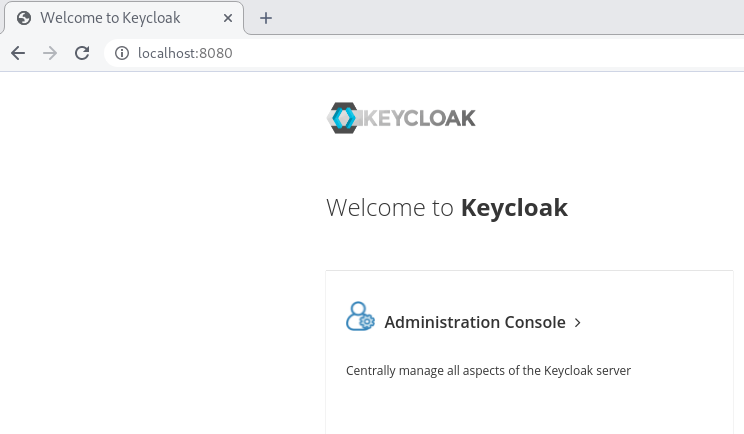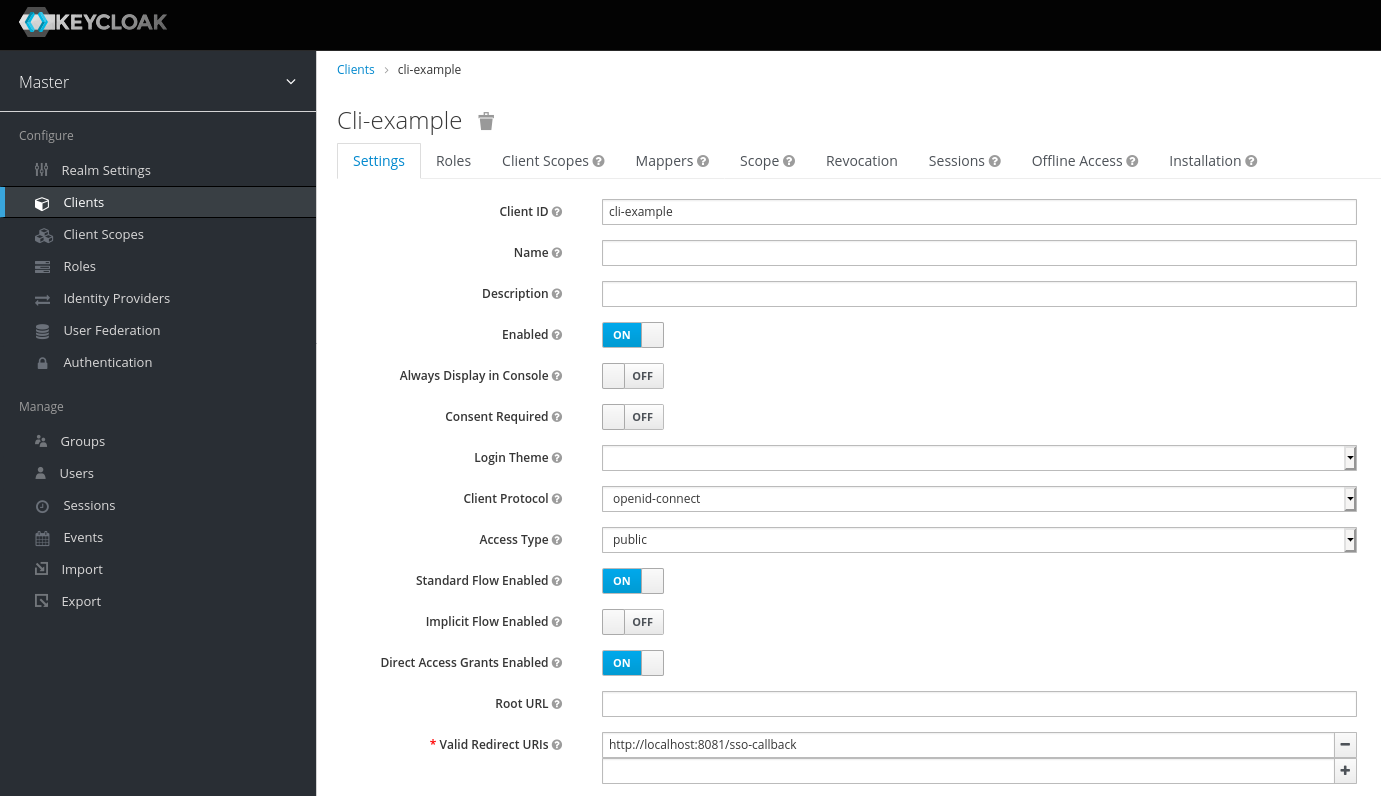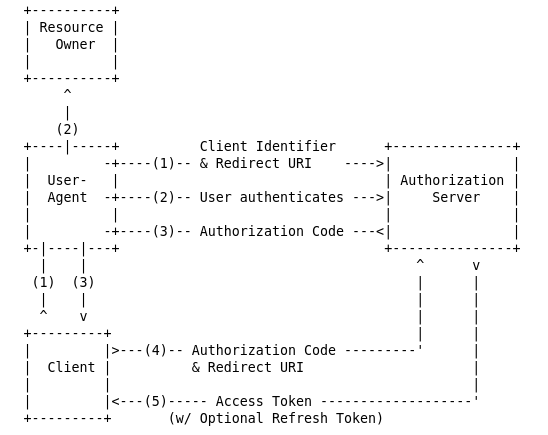This repo contains an example of using the Authorization Code Grant in a CLI application using Keycloak.x.
The CLI application has been written in Go, but the overall principle remains the same for other languages and frameworks.
Keycloak.x is a new Keycloak distribution that has been built on top of Quarkus. Among many other features, it has so-called Developer Mode, which enables you to run it without doing much configuration. But remember - this mode shall not be used in production (or even staging). It’s purely a development thing:
$ cd $KC/bin $ ./kc.sh start-dev ... 2021-05-17 09:24:43,610 INFO [io.quarkus] (main) Profile dev activated. 2021-05-17 09:24:43,610 INFO [io.quarkus] (main) Installed features: [agroal, cdi, hibernate-orm, jdbc-h2, jdbc-mariadb, jdbc-mysql, jdbc-postgresql, keycloak, mutiny, narayana-jta, resteasy, resteasy-jackson, smallrye-context-propagation, smallrye-health, smallrye-metrics, vertx, vertx-web]
Keycloak.x is now ready to serve the requests. You can log into the Admin Console using admin/admin credentials:
The next step is to create a public CLI Client that will be used by the CLI application. The configuration is the following:
Here are some highlights:
-
The Access Type is set to "public" as we won’t be using any Client Credentials. Later on, we’ll be enhancing this scenario.
-
We specify a valid Redirect URL. Note, it’s HTTP without TLS. That’s fine as we’re connecting to the localhost so nothing leaves our local box.
The CLI application starts an embedded HTTP server up on port 8081 with "/sso-callback" path. Now, let’s quickly check, how the Authorization Code Flow looks like:
The embedded HTTP Server is used in Step no. 4 to obtain the Authorization Code. If the code is detected, it’s being exchanged for an Access Token.
Of course, the example in this repo should not be used in production. It has been simplified to illustrate the main principles for constructing CLI applications for oAuth flows. In order to use this in production, you need to consider at least the following:
-
Perhaps the client should use Client Authentication mechanism?
-
The embedded HTTP server handler should probably use an oAuth library that contain a much more mature (and better) code for exchanging the code for tokens.
-
You should probably capture a Refresh Token as well. If you’re using OpenID Connect, you may also want an ID Token.
-
Use TLS.
-
Use a well configured Keycloak instance!




